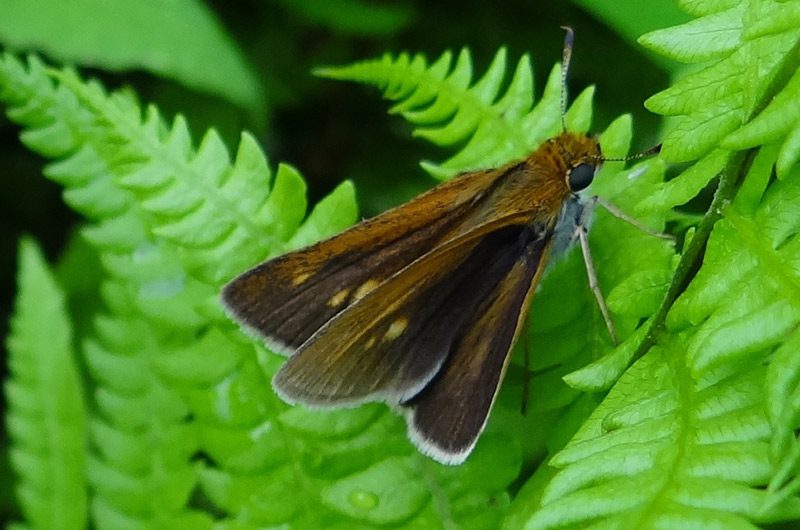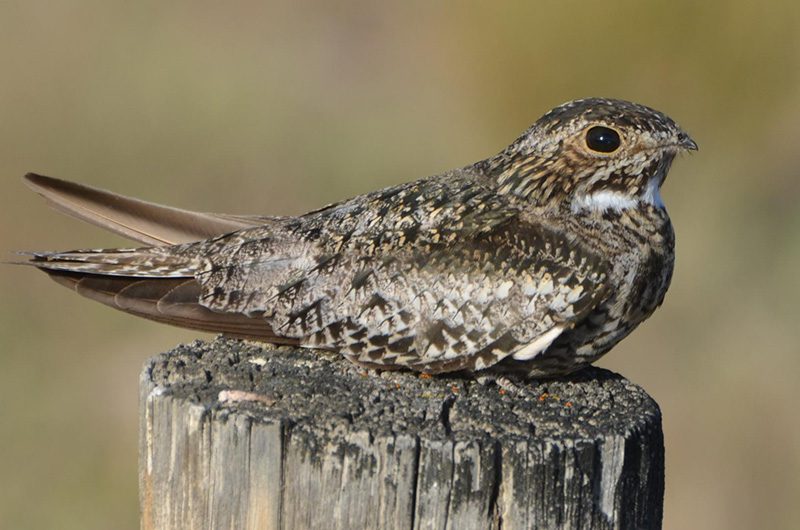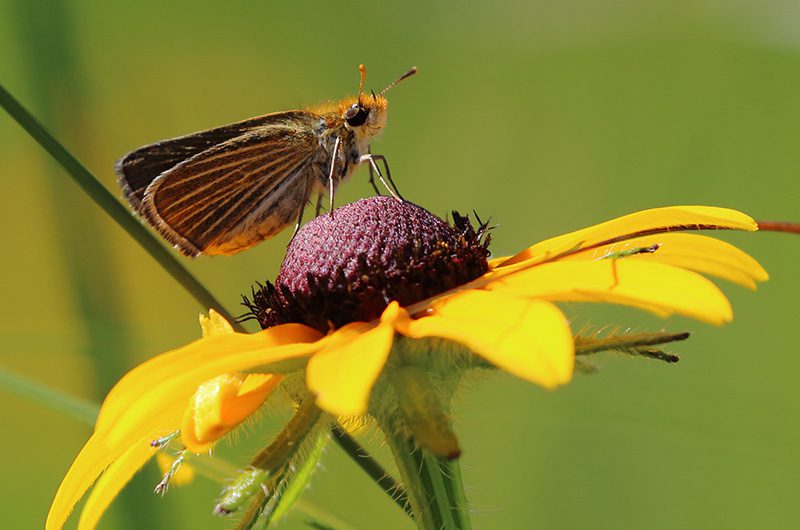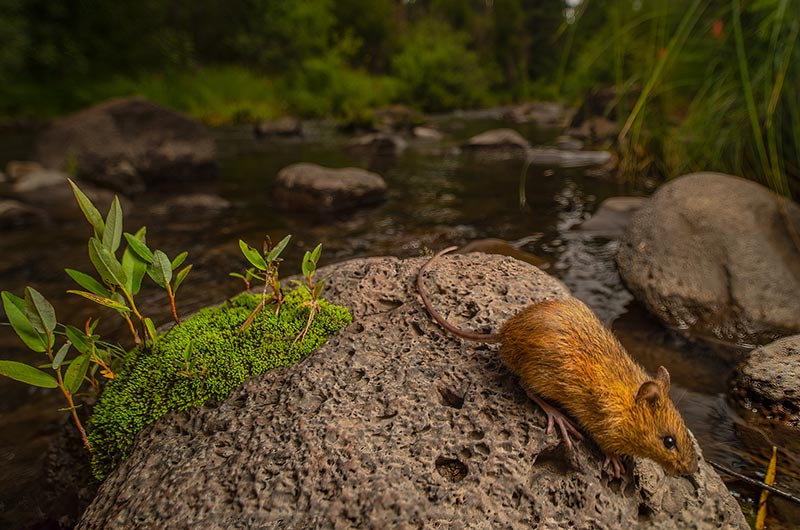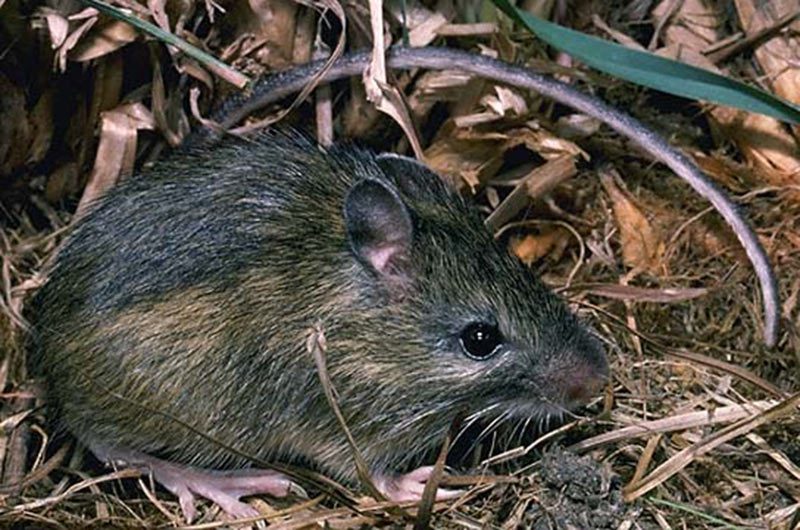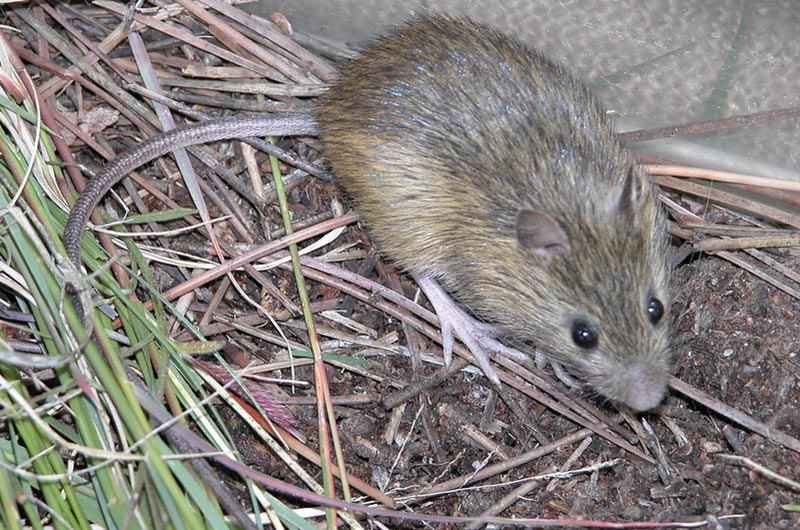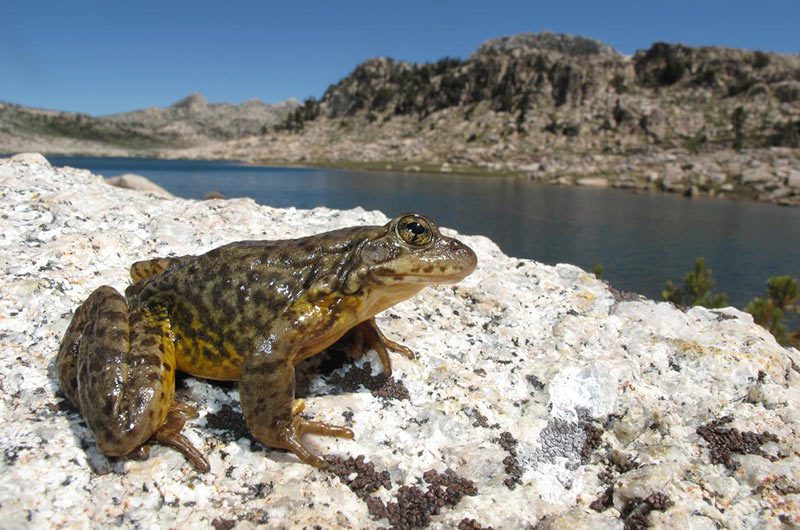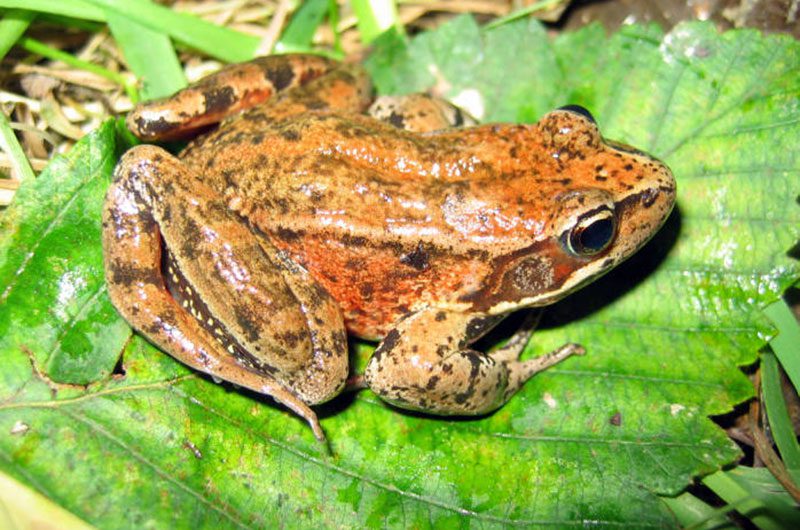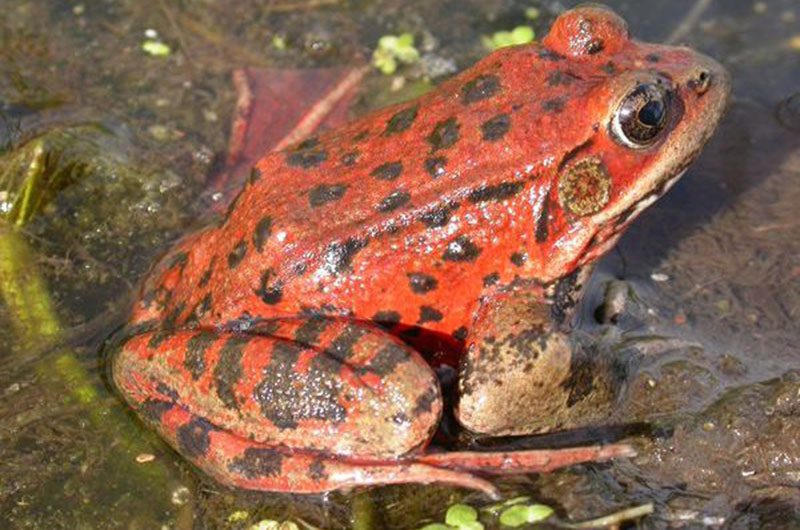LandPKS Learning
Habitat Hub
Factsheets and other helpful resources about the wildlife species living on your land (US only)
- 1
- 2
Northern Pintail
Pintails are a fast, long-distant migrant. Using satellite-tracking technology, the longest non-stop flight on record was 1,800 mi/2,900 km.
Read moreTwo-spotted skipper
While worldwide the two-spotted skipper is secure, that is not necessarily the case on a local basis. Most states where the butterfly resides consider it fairly rare
Read moreCommon Nighthawk
Male common nighthawks are known for their dramatic “booming” flight display. When flying above the trees, a male will dive towards the ground and abruptly pull out of the dive, sometimes just above the ground. As he flexes his wings downward, the air rushes across his wingtips, making a booming or whooshing sound. The male may dive to impress a female or scare intruders, such as people.
Read morePoweshiek Skipperling
Poweshiek skipperling butterfly populations have shown a well-documented collapse in less than a decade between 2000 and 2010, with likely extirpation of over 95% of the populations. In 2000, Poweshiek skipperling was known from native prairie remnants in Iowa, Minnesota, North and South Dakota, and Wisconsin and in fens in Michigan. By 2010, it was no longer found in the Dakotas, Minnesota, and Iowa. The original core habitat range for the species was orders of magnitude larger than the current range. The cause of this wide-spread decline is still unknown.
Read moreNew Mexico Meadow Jumping Mouse
Beavers significantly impact New Mexico jumping mouse habitat as their dams create slow moving, permanent water sources that encourage diverse and dense vegetation growth that the mice rely on. Beaver activity can also act as a natural fire break.
Read moreWestern Jumping Mouse
When western jumping mice emerge from hibernation in late spring or early summer, they have lost 18% of their body weight from the previous year. Adults quickly build up their fat reserves of up to 2/3 of their body weight to survive the long winter underground without food stores.
Read morePreble’s Meadow Jumping Mouse
The Preble’s jumping mouse has large back feet and legs and can jump up to 3 ft/1 m in a single leap. However, jumping is reserved for extraordinary circumstances and stress. They generally move about by walking or by taking very small hops. This species can also swim.
Read moreSierra Nevada Yellow-legged Frog
Sierra Nevada yellow-legged frogs will produce a mink- or garlic-like odor when disturbed or threatened. This odor is used to discourage predators.
Read moreNorthern Red-legged Frog
Northern red-legged frogs come back to the pond where they were tadpoles. Females even lay their eggs in the same location within the breeding pond each year.
Read moreCalifornia Red-legged Frog
Many historians and scientists believe that the California red-legged frog inspired Mark Twain’s short story Celebrated Jumping Frog of Calaveras County.
Read more- 1
- 2
Mobile App | Data Portal | Knowledge Hub | Habitat Hub | Learning Collections | Blog | About | Contact | Support


